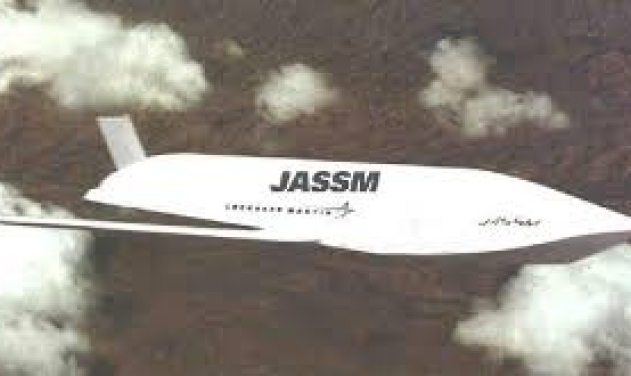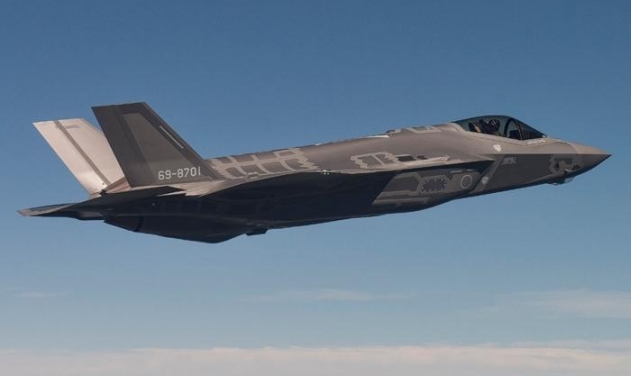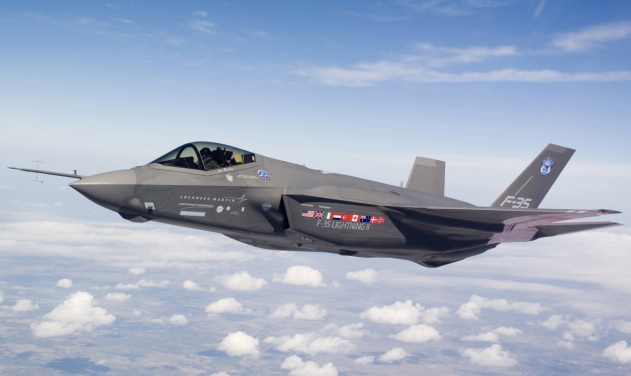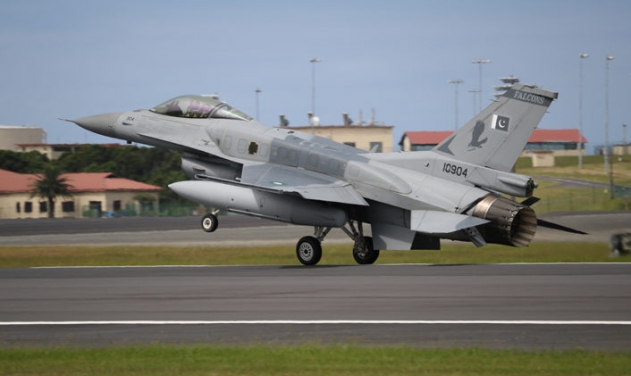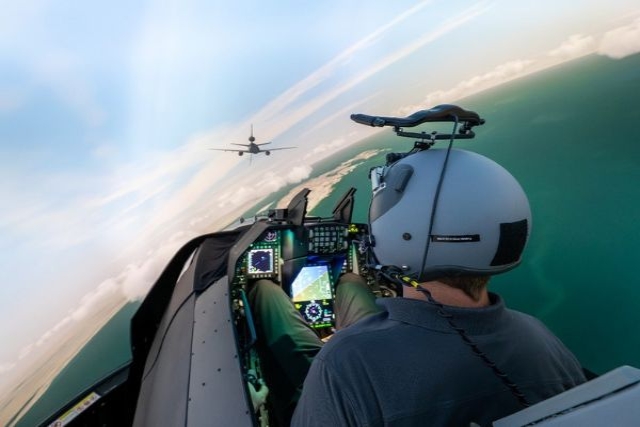Lockheed Martin Demonstrates CTE Utilizing Long Range Discrimination Radar
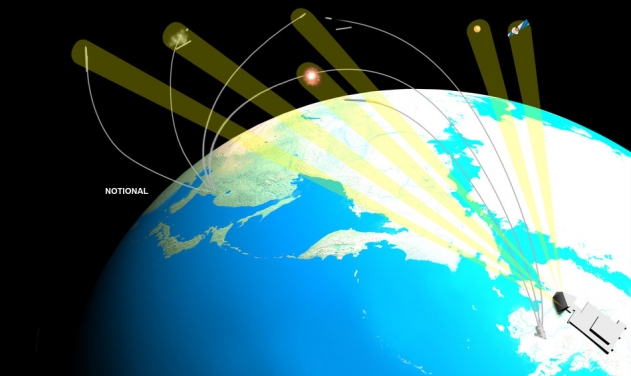
Lockheed Martin announces new Solid State Radar Integration Site that will significantly reduce risk before the missile defense radar is constructed in Alaska
Lockheed Martin utilized a scaled Long Range Discrimination Radar (LRDR) system to successfully demonstrate Critical Technology Elements (CTEs) in a relevant end to end environment, the company said in a statement Thursday.
The Missile Defense Agency (MDA) in 2015 awarded the $784 million contract to Lockheed Martin to develop, build and test LRDR, and the company is on track on an aggressive schedule to deliver the radar to Clear, Alaska. Lockheed Martin passed PDR by demonstrating both a Technology Readiness Level (TRL) 6 and Manufacturing Readiness Level (MRL) 6, putting the team on a path to achieve TRL 7 later this year allowing the program transition to manufacturing.
During the two-day PDR, representatives from the MDA and the Office of Secretary of Defense, toured Lockheed Martin's facility to see the LRDR Prototype System and the new Solid State Radar Integration Site, a self-funded test facility that will be utilized to demonstrate TRL 7 and provide significant risk reduction for development of LRDR and future solid state radar systems.
Chandra Marshall, LRDR program director, Lockheed Martin said, "The Solid State Radar Integration Site will be used to mature, integrate and test the LRDR design and building blocks before we deliver the radar to Alaska. Using this test site will result in significant cost savings and less risk overall."
Similar to Lockheed Martin's Space Fence radar system, LRDR is a high-powered S-Band radar incorporating solid-state gallium nitride (GaN) components, but is additionally capable of discriminating threats at extreme distances using the inherent wideband capability of the hardware coupled with advanced software algorithms.
"We built an open non-proprietary architecture that allows incorporation of the algorithms from small businesses, labs and the government, to provide an advanced discrimination capability for homeland defense," said Tony DeSimone, vice president, engineering and technology, Lockheed Martin Integrated Warfare Systems and Sensors.
LRDR is a key component of the MDA's Ballistic Missile Defense System (BMDS) and will provide acquisition, tracking and discrimination data to enable separate defense systems to lock on and engage ballistic missile threats, a capability that stems from Lockheed Martin's decades of experience in creating ballistic missile defense systems for the U.S. and allied governments.

